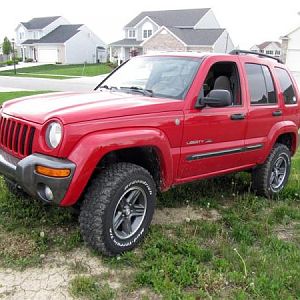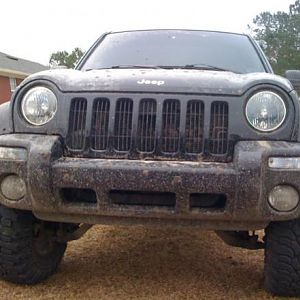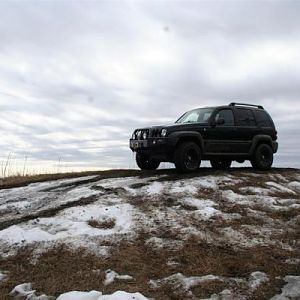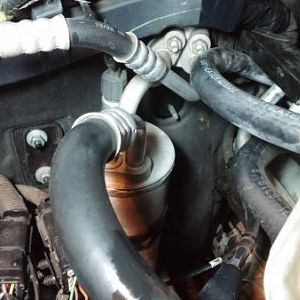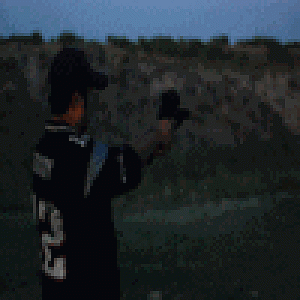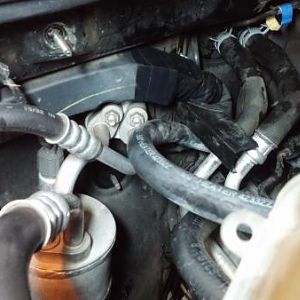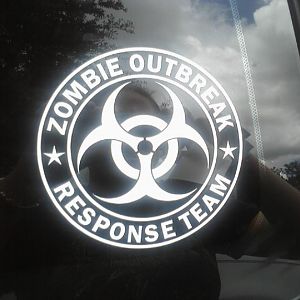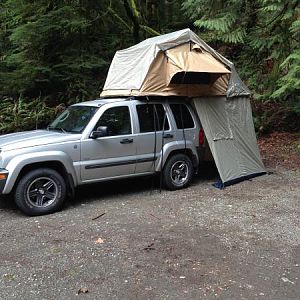Simpleman
Full Access Member
How do you check to see if the LCA bushings are bad? Should the LCA slide Fwd and Aft on the bushings. Driver's side does but passenger side not so much.
I have very shifty/loose steering issues. Everything seems tight.
I have very shifty/loose steering issues. Everything seems tight.


